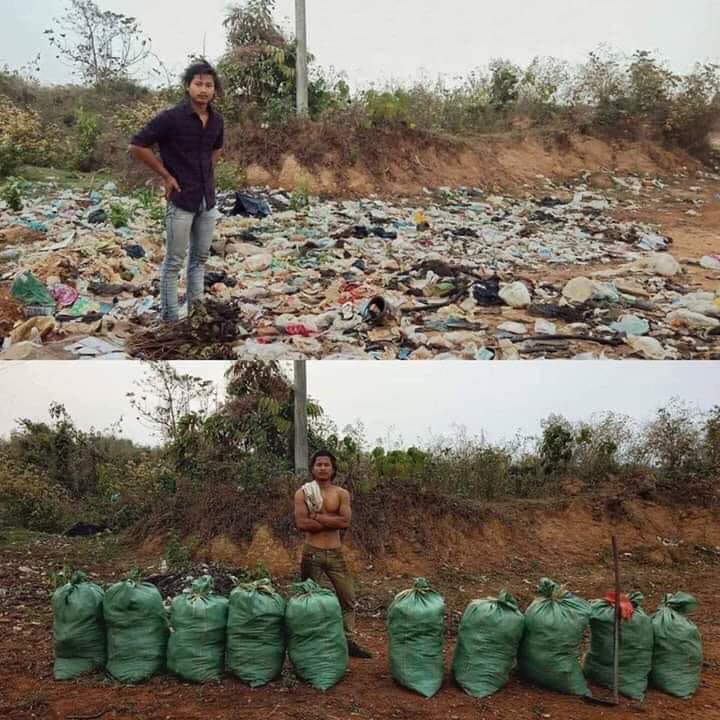Strategy 1: Mobilize People
Project: Trashtag
Description:
A play on “Hashtag”, Trashtag is an viral movement that began on social media in 2015 from a company called UCO Gear as part of a campaign to protect wilderness areas. It was simple, and consisted of people posting pictures of the large amount of trash they collected from public places like beaches, roads and parks. The trend didn’t really go anywhere in 2015, but exploded in 2019 with a wave of popularity. This image is from Nepal, where you can see the immense amount of garbage collected. This trend mobilizes people to make changes in their local communities, and also to spread the word online.
Strategy 2: Crowdsource the job
Project: Doritos Superbowl Advertisement
Description:
In 2006, Doritos created a campaign called “Crash the Super Bowl”, where Doritos would buy time to run an ad in the super bowl, but they wouldnt create it, the public would. These ads would see great succsess, and helped grow Doritos from a $1.54 billion U.S. brand in 2006 to a $2.2 billion brand today, according to their Chief Marketing Officer. Opening up a campaign like this allows for people to inject their own fresh ideas, and also gain exposure for their own portfolios.
Controversial Ad
Strategy 3: Tap into local networks
Project: Nextdoor
Description:
Nextdoor, is a free social networking app that aims to connect local communities and neighborhoods. The app acts as a way to allow people to post recommendations, updates, and warnings about their communities. This app exposes a a lot of things about how these communities act and treat each other. Many users report that they willed be flooded with constant notifications late into the night about menial events, such as dogs on the loose. There are also testimonies and photos of people racially profiling young people in their neighborhoods. Not everything in this app is bad, and it has allowed people to stay safe during snowstorms, prevent break ins, and have barbecues.

You must be logged in to post a comment.